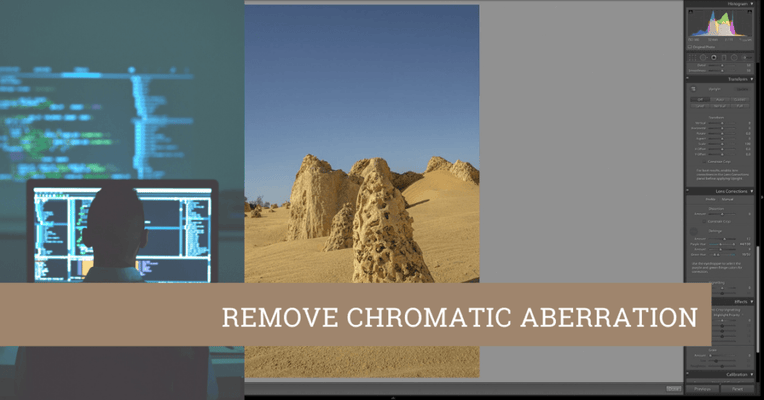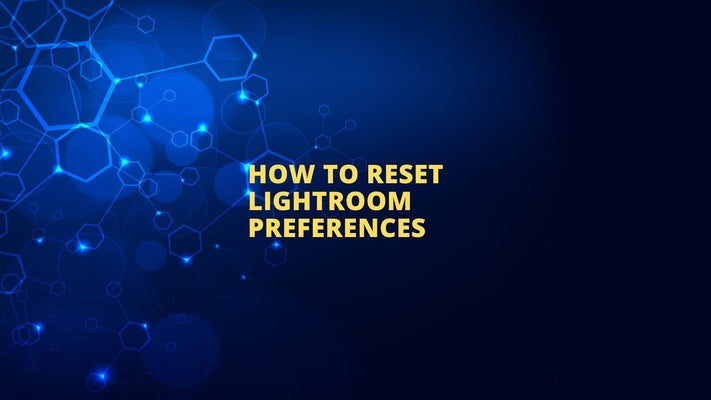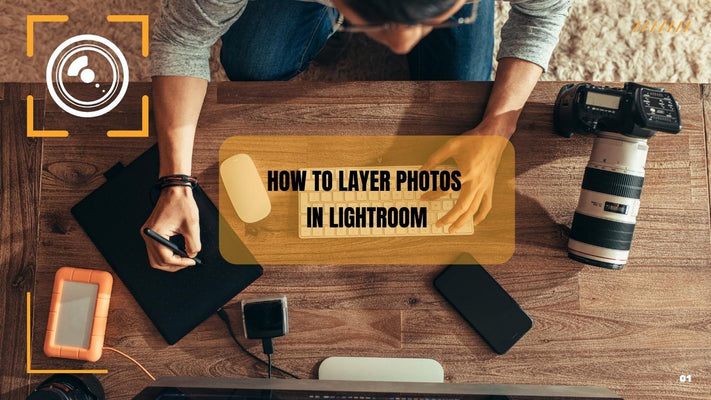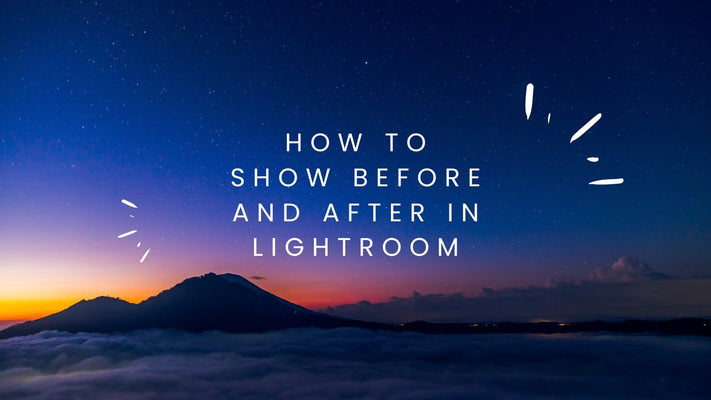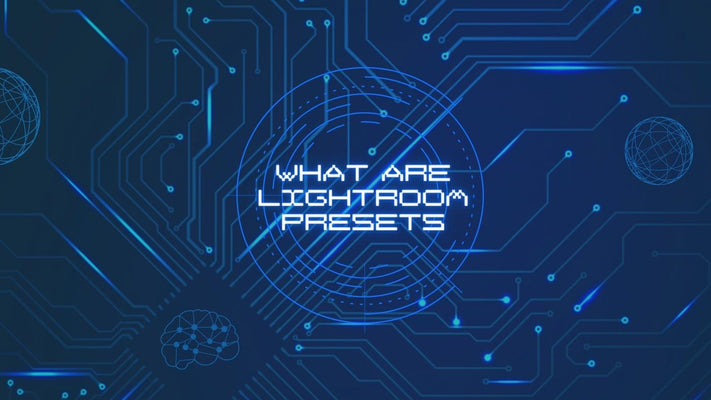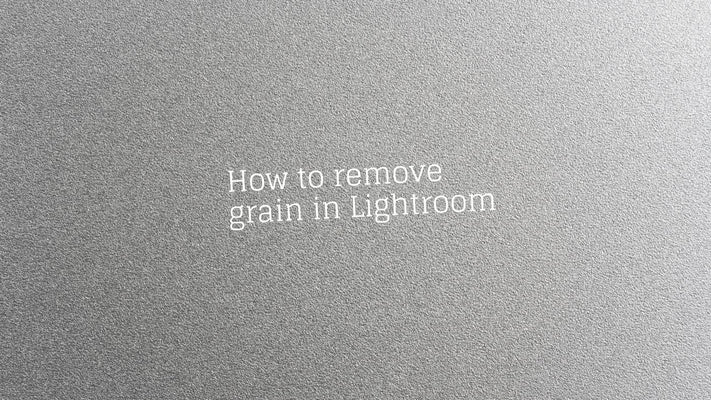How to use presets in Lightroom?
Enhancing Your Workflow: How to Use Presets in Lightroom
In the world of digital photography and editing, Adobe Lightroom stands out for its ability to streamline workflows and increase efficiency. A key feature that contributes to this productivity is Lightroom's presets. This detailed guide will explain what presets are, why they are beneficial, and provide a step-by-step approach to using presets in Lightroom.
Understanding Lightroom Presets
In Lightroom, a preset is a predefined set of editing adjustments that can be applied to an image with just one click. They essentially serve as filters, instantly transforming your photos based on the specific settings of the preset. Presets can adjust various parameters, including exposure, contrast, color grading, noise reduction, and more.
Lightroom presets can be particularly beneficial for maintaining a consistent aesthetic across multiple images, speeding up the editing process, and serving as a starting point for further edits.
Steps to Using Presets in Lightroom
Step 1: Import Your Image
Begin by importing the image you wish to edit into Lightroom. Click on the image to select it, and then switch to the Develop Module by clicking 'Develop' at the top of the screen or pressing 'D' on your keyboard.
Step 2: Locate the Presets Panel
On the left side of the screen in the Develop Module, you will find the Presets Panel. If you can't see it, ensure that the left-side panels aren't hidden.
Step 3: Apply a Preset
Within the Presets Panel, you will see Lightroom's default presets categorized into various groups such as Color, Creative, B&W, Curve, Component, and Grain. To apply a preset, simply click on it, and Lightroom will immediately apply the settings to your selected image.
Step 4: Adjust the Preset
Remember that presets are not a one-size-fits-all solution. After applying a preset, you may need to make additional tweaks to achieve the desired look. Use the adjustment sliders in the right panel to modify parameters like exposure, contrast, saturation, and so on.
Step 5: Apply Preset to Multiple Photos
Presets can also be applied to multiple photos simultaneously, which is particularly useful when editing a series of images taken under similar conditions. To do this, select all the images you want to edit (by holding down 'Ctrl' or 'Command' and clicking on each image), and then apply the preset as you normally would.
Creating Your Own Presets
While Lightroom offers a range of built-in presets, you can also create your own. This can be helpful if you often make the same edits to your photos. To create a preset:
- Start by making your desired adjustments to an image.
- Once you are satisfied, click on the '+' sign at the top of the Presets Panel and select 'Create Preset.'
- In the new dialog box, select the settings you want to include in your preset, give it a name, and choose a folder to save it in.
- Click 'Create.' Your custom preset will now appear in the Presets Panel and can be applied to any photo.
Conclusion
Presets in Lightroom are a powerful tool that can dramatically streamline your editing process. They can provide a consistent aesthetic across your work, serve as a great starting point for edits, and significantly speed up your workflow. Remember, while presets can transform a photo with one click, they often need to be adjusted based on the unique characteristics of each photo.
Mastering presets – both using built-in options and creating your own – is a skill that will vastly improve your efficiency and effectiveness as a photo editor. So start exploring and experimenting with presets, and see how they can enhance your work in Lightroom.
Practical Tips for Using Presets
While presets can indeed simplify your workflow, here are a few additional tips to ensure you use them effectively:
- Adjust According to Image Characteristics: No two images are exactly the same. Therefore, each preset will behave differently on each photo depending on factors such as lighting conditions, color, and exposure. Always tweak your adjustments after applying a preset to suit the particular image.
- Organize Your Presets: As you start to accumulate more presets, it's essential to keep them organized. Lightroom allows you to create folders within the Presets Panel to help you keep track of your presets. You could organize them based on the type of adjustments, specific photoshoots, or even your favorite presets.
- Use with Care: Presets should enhance your photo, not overpower it. Avoid overusing dramatic presets that can make your image look unnatural. Subtlety is often key in photo editing.
- Explore and Experiment: Don't be afraid to experiment with different presets. This can often lead to unexpected yet pleasing results. It's also a great way to learn what each preset does and to develop your style.
By understanding how to use presets in Lightroom effectively, you're equipping yourself with a powerful tool that can significantly enhance your photo editing skills. Not only can presets bring your images to life, but they can also help define and refine your photographic style, creating a cohesive and professional look across your body of work. Happy editing!


